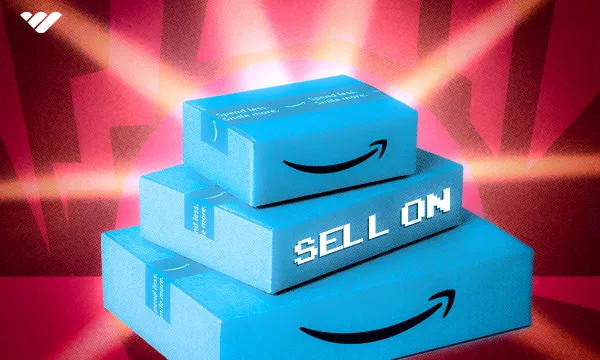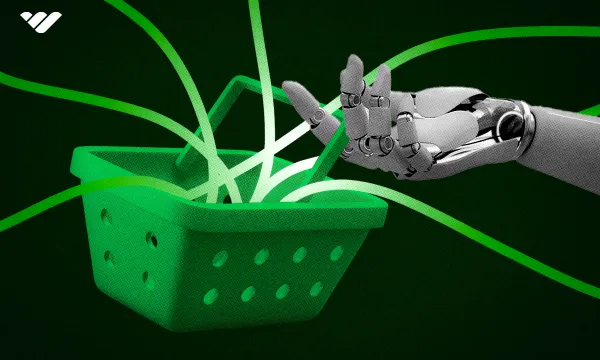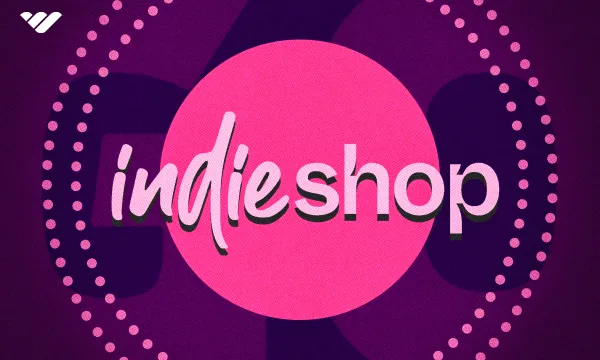Getting started on your entrepreneurial journey can take many forms, but if you simply approach the game with the intention of being a producer rather than a consumer, you’re already one step ahead of most people. This is the mindset that individuals have who go on to become top sellers on Amazon–while most people view the giant marketplace as a place to spend money, they see it as somewhere to cash in.
Becoming a successful Amazon seller isn’t simple, and in some ways, it is one of the least beginner-friendly ways to make money compared to simpler options like reselling on eBay.
However, if you have the knowledge and the will to succeed, starting an Amazon business can be highly profitable and life-changing. Read this guide to understand why selling on Amazon can be such a profitable business, and how you can get started today.
Why Sell on Amazon?
Amazon isn’t just the number one online ecommerce platform in the world, it’s the gateway for wealth creation for the millions of independent sellers who use the marketplace to create and scale businesses, some of which reach seven figures annually. Let's take a look at how you can join the growing number of successful Amazon sellers.
How to Start an Amazon Business in 6 Steps
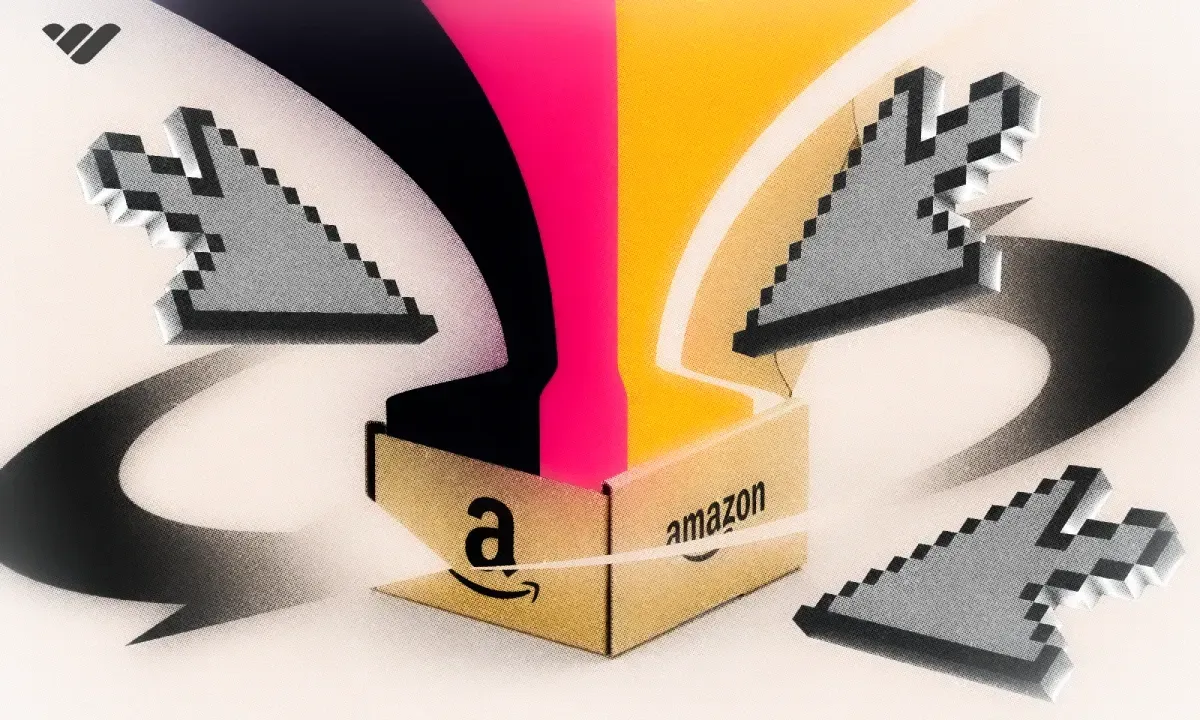
There are no signs of Amazon’s ecommerce dominance slowing down, and the door remains open for new sellers to join.
However, as enticing as it is to become a seller, if you don’t have a step-by-step process to follow, you won’t be able to sustain let alone launch a profitable business of any size on the platform.
Here are the steps that you can follow to get started as an independent Amazon seller today:
1. Choose a business model
As an Amazon seller, you’ll have several different business models to choose from, including the following:
Retail arbitrage:
New Amazon sellers should consider using retail arbitrage as their first business model as it is the most beginner-friendly and the quickest to start.
Retail arbitrage simply means buying existing products that are typically brand name, and reselling them for profit, usually on a different platform than where they were purchased.
Keep in mind that in order to participate in retail arbitrage on Amazon, you’ll need to be approved to sell your intended product. This process of gaining approval to sell products with retail arbitrage on Amazon is known as ungating.
Additionally, retail arbitrage can be quite competitive with volatile pricing, so be prepared to adapt to the market as it changes, acting quickly so you can remain profitable.
Private Label:
If you want to hedge against competition by taking on the challenge of creating and launching your own brand, Amazon is a great place to do this. This process is called private label selling.
As a private label seller, you’ll have greater control over your product pricing and advertising on the platform. Combined with getting these items at production cost, private label has the potential to be highly profitable.
However, this business model requires the highest initial investment in both money and in time to research and develop the product, and you’ll still be subject to sellers who might copy your brand. While this used to be a bigger issue years ago, now you can go through the process of Amazon’s brand registry which will allow you to combat blatant copycats.
Amazon Handmade:
Launched in 2015 as a competitor to handmade goods marketplace Etsy, Amazon Handmade is a dedicated section of the marketplace that showcases products made by artists and craftsmen, often in limited quantities.
Sellers must first apply to participate in Amazon Handmade, and you’ll have to provide business details and specific product information and photos. Amazon will then review all of the requested information to make sure your brand and product meet its standards. Keep in mind that this process can take several weeks and you may need to make revisions in order to finally gain approval.
Choosing a product to sell on Amazon homemade is best done by performing keyword research to determine the search interest and volume of your intended product. Ideally, you will sell a product that has good search volume and minimal competition.
Dropshipping:
Want to sell on Amazon without handling inventory? Then dropshipping is for you. This is because, with dropshipping, you don’t have to do many things that are standard in ecommerce, including the production, storage, handling or even shipping of a product.
With dropshipping, you run an entirely hands-off business, and your only job is to market your product with a sales channel. Amazon is one platform that you can choose as your sales channel, and although it’s not as widely publicized as other options, many dropshippers use Amazon to run their business.
Be sure to follow Amazon’s guidelines for dropshipping so that you can remain compliant as a seller, and research competition to make sure you can realistically launch a dropshipping product at a profitable pricepoint.
2. Sign up as an Amazon seller
Signing up as an Amazon seller is as simple as heading to the seller section of their website and signing up.
You’ll be prompted to provide your business information. Be sure to accurately input all required information, such as your tax ID, payment information, business bank account and name. From there, you can choose to start with an Individual or Professional plan–you can upgrade later if you’re not ready to use a Professional plan yet.
The Individual plan is best for sellers who expect to sell less than 40 items per month–Amazon’s listing fee for this plan is $0.99 per item, and the Professional plan costs $39.99 per month.
The Professional plan is ideal for those who anticipate higher sales volume or if you want to take advantage of Amazon’s FBA program, which we’ll describe more in-depth later.
3. Pick the right product to sell
Choosing the right product to sell on Amazon will make or break your business, but thankfully it doesn’t all come down to luck.
You can strategically find an opportunity to insert yourself as a compelling option to capture the attention of potential buyers and generate purchases.
This can be done by considering factors such as overall market demand–which can be quantified by keyword volume and number of listings, competition, and how profitable and hard to compete against your sourcing methods are.
You can start by manually browsing Amazon’s Best Seller’s sections in your intended categories while visualizing if and where your product will fit into the current list. If you want to dig deeper and get richer analytics, consider using a paid tool such as Jungle Scout or Helium 10.
It’s also important to consider your own interests and expertise while selecting a product and niche. By selling a product that you’re an expert in or passionate about, you have a greater likelihood of competing and establishing a loyal audience who is hungry for an authentic vendor of their product.
4. Source your inventory
Once you’ve identified a high-demand product to sell, it’s time to source your inventory. The number one rule to sourcing inventory is that you need it to be profitable–run calculations on current listings, platform fees, other expected expenses such as advertising or even price volatility compared to the cost of acquiring your product to determine your profit margin. Only source from a supplier that will give you a profitable price. If you can’t find one, keep looking, or move on to another product.
Your exact method of sourcing will be the secret sauce that allows you to be profitable. For private label sellers, this means working directly with manufacturers to create a product at manufacturing cost, and ordering a large enough quantity so that profit margin is as high as possible.
For those using retail arbitrage, you should either source wholesale from manufacturers or distributors or have consistent access to the product at a price point that is healthily below what it’s selling for on Amazon.
Looking to sell on Amazon without inventory? Then consider dropshipping or Amazon FBA (which we will describe in more detail next).
5. Fulfill your orders
Fulfillment is the essential step of the process that gets money to your bank account and gives customers the opportunity to come back for more as a loyal buyer if they were satisfied with what they received.
On Amazon, you’ll have two main options: Fulfillment by Amazon (FBA) and Fulfilment by Merchant (FBM).
FBM
With FBM, you will be responsible for the packing, shipping and handling of each order. Be sure to pack and ship promptly especially because many Amazon buyers are used to getting packages quickly via Prime, which in a sense you are competing against. Remember to take advantage of Amazon’s partner discount with UPS when shipping your product so that you can lower your shipping costs.
FBA
If you’ve signed up as a Professional seller and want to take advantage of Amazon’s vast and efficient logistics network, including their ultra-fast Prime shipping, you should take advantage of Amazon FBA.With it, you simply send your inventory as instructed to Amazon’s warehouses, and they’ll handle the all aspects of fulfillment, including storing, packing, shipping, and even customer service and returns after a seller has made a purchase.
However, keep in mind the fees and calculate them in your overall profitability as this convenience means that costs can be significantly higher than fulfilling inventory on your own.
6. Manage your account and listings
Business success is a marathon, not a sprint, so even if you get started strong, you’ll have to effectively maintain everything if you want to thrive in the long run and rise to the cream of the crop of Amazon sellers.
Amazon’s dashboard provides a number of metrics that you can use to track your growth and overall health as a seller, including revenue, inventory levels, sell through rate, return rate, order defect rate, late shipment rate, and customer ratings.
Actively monitor your listings for any feedback you receive, and respond promptly to all reviews, both negative and positive to let customers know that you are highly responsive and that you care about how they feel.
Regularly review your seller ranking and find ways to optimize your listings to rank higher, using different titles, descriptions and photos if necessary. If you’re performing retail arbitrage, make sure you’re winning the buy box as much as possible, and if you drop off, find a way to get back on ASAP.
Don’t forget also to stay up-to-date with Amazon’s policies and guidelines to make sure you’re compliant as the platform is notorious for suspending or even banning accounts, even those that have been around for a long time doing significant sales volume. By proactively managing all aspects of your account, you’ll build a strong reputation which will help to attract more customers and grow your Amazon business to the levels that you aspire to reach.
Everything You Need to Know About Selling on Amazon
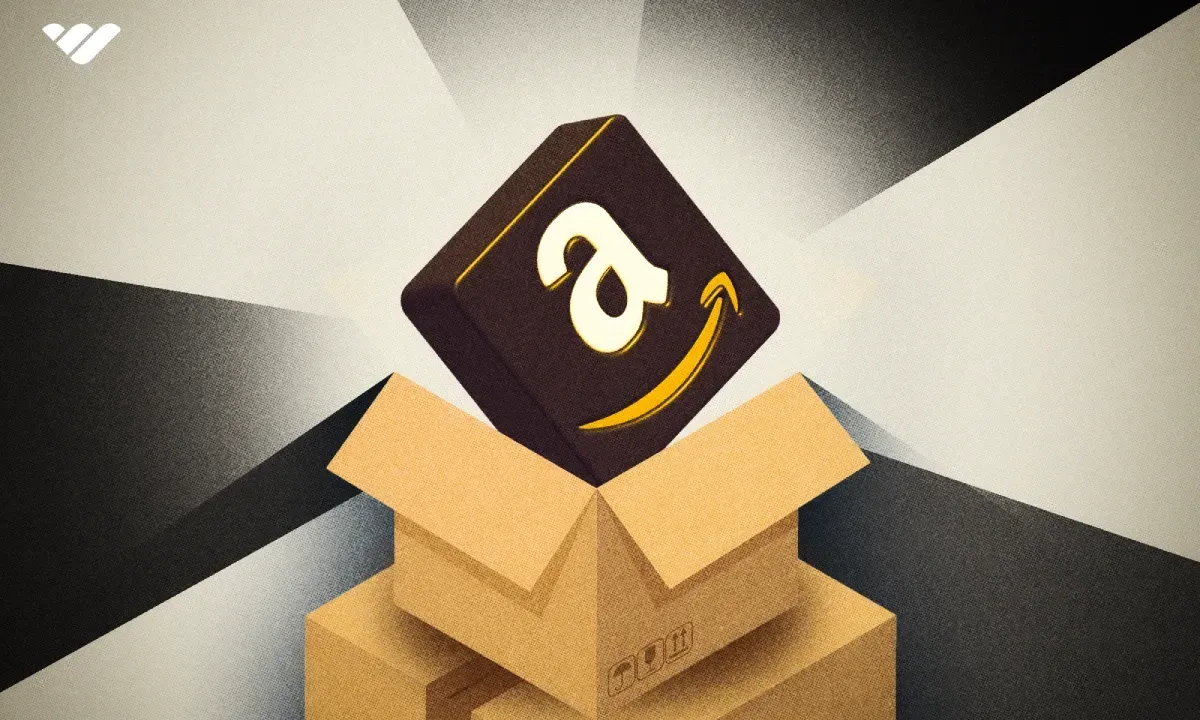
Now you know how to get started as an Amazon seller, but you probably still have some key questions that need answering before you start your journey. Let's take a look at some commonly asked questions, covering everything from how much money Amazon sellers make to how you can sell without holding any inventory.
How much money do Amazon sellers make?
According to Jungle Scout, a leading Amazon analytics software, the average Amazon seller earns around $30,000 in profit annually. However, about 20% of sellers have a monthly revenue of between $25,000 and $250,000, which means significant annual profits.
Because Amazon is a top choice for consumers, there is a high degree of trust and readiness to buy on the platform. Sellers who rise in the rank for top products can see significant sales volume if they are well positioned in high-traffic categories, with top performers generating seven figures in annual revenue.
What products am I allowed to sell on Amazon?
Amazon has a high standard for sellers, so it’s known to ban sellers who aren’t in line with their tight terms of use in addition to not letting some people sell in the first place.
When starting out as an Amazon seller, you’ll need to pick a product that you’re allowed to sell. While there are rules, Amazon still has an incredibly large selection of products that you’re allowed to sell in basically every category you can think of, including books, beauty, home and kitchen, clothing, electronics, and more.
However, to keep the quality of sellers high, in most product categories you will need to provide additional information as instructed before you’re allowed to create item listings. This process is called gating on Amazon, and you’ll have to get ungated in order to sell your desired product. Gating is most common with top name brand products like Nike and Apple, mostly to combat counterfeit sellers.
In order to get ungated, you’ll have to reach out to Amazon and provide documentation such as wholesale invoices or permission to resell from the brand. If you're looking to become a reseller on Amazon, read our full guide here.
Other than gated products, you aren’t in any circumstance allowed to sell anything that is illegal or heavily regulated, such as weapons, tobacco, or products that violate intellectual property rights.
How do I sell books on Amazon?
Amazon has a huge marketplace for both physical and digital books, and so how you sell books on Amazon is determined on the type of book that you are selling. If you want to sell books online, read this guide for a full rundown of the process and how you can get started.
How can I sell on Amazon without holding inventory?
Inventory is one of the most complicated aspects of ecommerce. If you're selling physical products, you may have to keep inventory yourself at your home, or a warehouse, and either organize shipping through a 3PL or take care of packing and shipping orders yourself. As your business grows this can become overwhelming, time consuming, and reduce the number of orders that you can process.
That's why so many Amazon sellers choose to not deal with inventory themselves. You can either choose to dropship and not see any inventory at all (as mentioned above), use Amazon FBA and send your inventory to Amazon to manage, or, sell digital products so that you don't have any physical inventory to hold.
While establishing a physical products brand is impressive and has the potential to be highly lucrative, it comes with many inherent risks and much higher overhead compared to the realm of digital products. Digital products have several advantages over physical ones, particularly for beginners, a main one being that you can start and launch one without any financial investment, and there is no further cost to producing and selling as many as you’d like.
So, if you’re thinking about engaging in ecommerce, it’s worth considering the option of going with digital products as opposed to physical ones.
Do I need a business registration or license to sell on Amazon?
While Amazon doesn’t explicitly require a business registration or license to sell on its platform, you should have one or both of these in the form of a corporate structure like an LLC and a resale license if you intend to sell on the platform.
The first benefit is separating your personal liability and tax obligations from that of your business, which is a necessary first step for proper setup. Additionally, having a formal business structure will allow you to open up relationships with wholesalers and will increase your chances at getting ungated to sell profitable products.
Make sure to consult a professional to set up your business properly according to your local jurisdiction so that you can get everything done right and lay the groundwork for selling on Amazon.
What is Amazon’s Buy Box, and how do I win it?
When shopping on Amazon, an individual brand-name item often has multiple sellers who are selling the exact same item at different prices. The Buy Box refers to the “Add to Cart” button which will allow customers to purchase an item directly from a specific seller–the winner of the Buy Box– by default.
Winning Amazon’s Buy Box depends on several factors, most notably the price and your seller rating. Other factors will include your historic stock availability and performance in a number of areas including return rate and order defect rate.
How Much Does It Cost to Start a Business Selling on Amazon?
The exact cost to start an Amazon business will vary greatly depending on your chosen business model, product category, and intended scale of operation. Roughly speaking, you should start with a minimum budget of at least $500-1000 for retail arbitrage, and $3000-$5000 for private label.
To give you a better idea of how much you might need to invest to get started, let’s break down some of the main expenses that are associated with launching an Amazon business:
Amazon fees
The first cost you’ll need to consider are the fees that will be associated with signing up for an Amazon account. Signing up with a basic individual selling account is free, but it comes with a $0.99 per item fee along with sales fees that will vary depending on category.
A Professional seller account costs $39.99 per month and opens you up to the possibility of using FBA in addition to waiving the per-item fee.
You can review all current Amazon selling fees right here.
Inventory costs
Your initial inventory investment will depend on the type of product you are buying, and how much of it you need to buy to start. For retail arbitrage, you can start by buying individual products to resell. Although this will be cheap to begin with, you should switch to buy in bulk as soon as possible as this will lower your cost per item and thus raise the amount of money you put in your pocket..
However, your cost per item will depend on the kind of rates you’re getting from your supplier, which can vary based on who you are sourcing from.
If you’re a private label seller, you’ll need additional budget to order samples of a product before committing to a full inventory order which will also have to meet a minimum order quantity.
Storage and fulfillment
Dealing with physical inventory means needing space for storing your items, which might grow to be beyond what you can personally handle with your immediate living space fairly quickly.
You can either rent dedicated storage space, or you can work with a third-party service such as a 3PL which can help to pack and fulfill your product.
Amazon’s Fulfillment By Amazon program is a service that anyone signed up as a Professional seller can use, and it will help to take care of storage and fulfillment for a fee that is often reasonable for high-volume sellers.
Marketing and advertising
While it’s not essential, many sellers choose to invest into advertising in the form of Amazon Pay-per-click (PPC) advertising or sponsorships that bring visibility to their brand.
You can spend anywhere from a few hundred dollars per month to a few thousand dollars per day depending on the volume and profit margins you are working with.
These advertising costs are mostly applicable to private label sellers as retail arbitrage sellers will be more concerned with spending money to get inventory cheap enough to profitably price to get Amazon’s current buy box. Additional costs to starting a private label business include branding and packaging.
Become a Successful Amazon Seller With Whop
There you have it - everything you need to know about successful selling on Amazon. Remember, if after reading this you have made a decision to sell digital products, then check out selling on Whop, the platform with the best marketplace for digital products. However, if you are selling physical products, then make sure that you continue to stay informed and educated to give yourself the best chance at success.
Whop is home to Amazon and ecommerce courses and communities that guide you on your business journey. From tools to help you find the best products to sell online, to dropshipping courses and Amazon FBA communities, there is something for every aspiring Amazon business mogul. Simply head to the Whop marketplace and explore ecommerce communities to find the right one for you!
